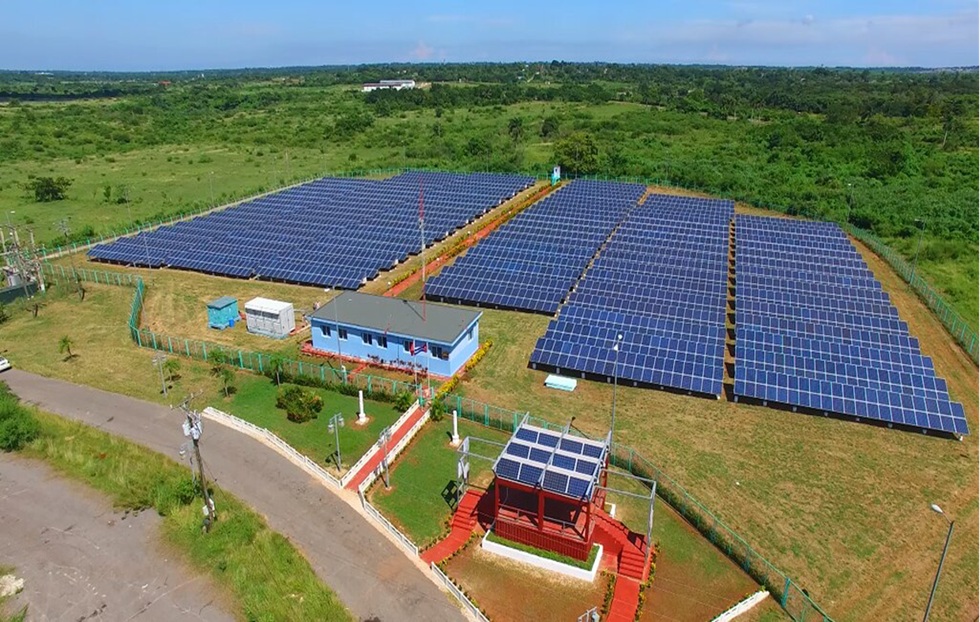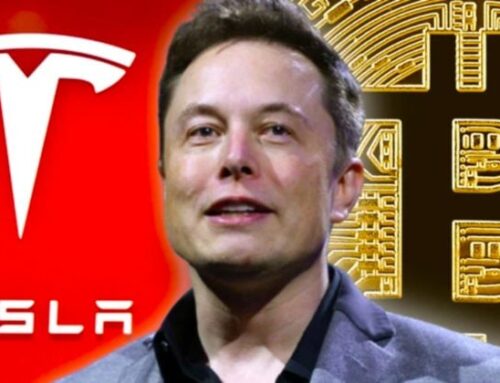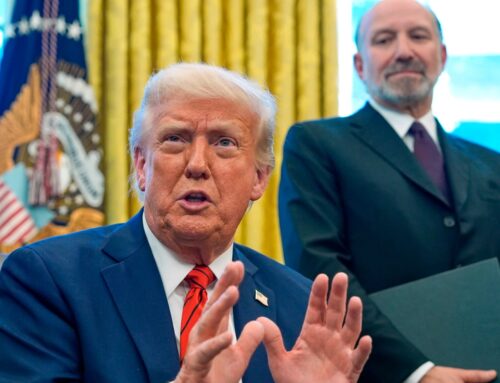Cuba tackles energy crisis by promoting power of the sun
April 22, 2025

Solar energy production center in Cuba.
Cuba is much more than a victim of U.S. economic attacks. Rather than accepting its victimization at the hands by fossil fuel monopolies putting the squeeze on all aspects of life on the island, it is aggressively pursuing a transition toward renewable energy sources.
The national plan prioritizes solar, wind, hydroelectric, and biomass energy to reduce its dependence on imported fossil fuels and stabilize the energy system. The energy stabilization program also includes the repair of the country’s thermoelectric plants, which have been the backbone of the current national system.
In an interview, Minister of Energy and Mines Vicente de la O Levy detailed a comprehensive strategy that combines short-term projects with a long-term vision.
The economic burden of relying on imported fossil fuels is a primary driver behind Cuba’s accelerated push toward renewable energy. The decline in domestic oil production—which dropped drastically in 2024—and the deterioration of thermoelectric plants make the expansion of renewable sources even more essential.
“We have always been dependent on fuel imports, to the point that the oil bill is Cuba’s largest; more than food, more than medicine, more than everything,” explained Minister de la O Levy.
By the end of 2020, Cuba had nearly 300 megawatts (MW) of renewable energy. Chinese and Cuban authorities signed an investment agreement to jointly implement a project to expand the use of renewable energy.
In the short term, the investment project consists of installing 1,000 MW of solar photovoltaic energy by 2025, distributed across 46 solar parks throughout the country. By 2025, 200 MW of battery systems will be installed to store solar energy, key to stabilizing the grid. Containers are already in Cuba, awaiting assembly.
“Why are the panels becoming the largest project? First, because the investments are less expensive, because they are completed more quickly, because they can be distributed throughout the country… If we build 21 MW parks and distribute them across 15 provinces, at an average of three per province, then it’s an economic effort that can be made territorially… and that’s what’s happening right now, an open investment process throughout the country,” the minister said.
The second 1,000 MW contract, extended until 2032, and the investment in technical training for high-tech repairs ensure the project’s sustainability and long-term maintenance.
Consumed quality fuel from former Soviet Union
“Cuban thermoelectric plants, by design, consumed excellent-quality fuel, mostly from the former Soviet Union… And when the Soviet Union disappeared, we lost all of that fuel overnight,” the minister explained.
The Torricelli Act, passed by the U.S. Congress, was signed into law by former President George Bush on October 23, 1992.
In the commercial sphere, the Torricelli Act established a ban on trade between subsidiaries of U.S. companies established in third countries and Cuba, and a ban on ships entering Cuban ports for commercial purposes from calling at ports in the United States or its possessions for 180 days after leaving the Cuban port.
“It was conceived as the final blow to the Cuban Revolution, an extremely opportunistic maneuver to suffocate the people at the precise moment they faced the challenge of surviving as a nation,” said former editor of Granma Internacional, Raúl Antonio Capote. Its general objective was to overthrow the Revolution in the context of drastic changes in Cuba’s economy because of the dissolution of the Soviet Union.
“We were forced to begin converting the thermoelectric plants, with a completely Cuban innovation, so they could consume domestic crude oil. That saved us, but it came at a great sacrifice,” commented O Levy.
Cuban crude oil has very high sulfur and vanadium contents. When burned in boilers, they generate sulfuric acid, which accelerates corrosion. For this reason, “the lifespan of the thermoelectric units was shortened,” he said.
The decline in oil production and the lack of finance to import the millions of tons needed by the economy make it “inexorable to move forward with reducing the consumption of this fuel.”
“That’s when we decided to move forward with photovoltaic solar panels, and more than with panels, with expanding plans for the use of renewable energy sources,” since it was not viable “to make investments that require more fuel; although increasing fuel production is also a priority,” stated de O Levy.
“What’s certain is that when we install 1,000 MW of renewable energy, we’ll be saving fuel, which we can use for generation at night,” he explained.
According to China’s ambassador to Cuba, Hua Xin, this project will help reduce fossil fuel consumption by approximately 18,000 tons per year.
Includes variety of initiatives
The national plan encompasses a wide variety of initiatives. Plans to complete the construction of the Herradura I wind farm in Las Tunas, where 22 of the planned 33 generators (33 MW) have been installed, point to progress towards diversification. “We think we will have wind turbines operating this year and complete everything pending in the first quarter of next year,” O Levy said.
There are approximately 170 hydropower generation units in the country that “have a level of availability that isn’t bad.” Some of the large ones need repairs, “but that has been a resounding success; especially because the people who directly benefit from them take care of them… the truth is that there is a high percentage of availability. And that serves many homes in the country,” said the minister.
He also mentioned that the repairs will be addressed as part of the system’s recovery process and the transition to renewable energy sources, ensuring that hydropower will continue to be a front for expansion in the coming years.
“With the inputs from the Herradura 1 wind farm, the resources will be provided to complete the small hydroelectric plant at the Alacranes dam,” he said.
In addition to investment in renewable energy, this year there is a process in place for recovering thermal power plants and investing in expanding natural gas generation.
Challenges posed by Blockade
The minister acknowledged obstacles on the path to renewable energy and maintenance of the national electricity system, such as delays in the arrival of materials due to shipping restrictions imposed by the U.S. blockade.
In April 2019, Washington sanctioned two companies and 34 vessels transporting Venezuelan oil to Cuba.
Cuban journalist and researcher Raul Capote explained that on June 4, 2019, the administration of PresidentTrump announced an additional package of measures “with which it reversed the incipient thaw between Washington and Havana that occurred during the final stages of Barack Obama’s administration.”
“Due to the strict application of the Helms-Burton Act, in April 2020, four shipping companies were sued in Miami for using Cuban port facilities nationalized after 1959. In 2019 alone, 53 vessels and 27 companies from different countries were blacklisted for bringing oil to Cuba,” Capote explained.
The hostility of the United States government has made maritime transportation to Cuba more expensive due to the extension of itineraries. Expenses have also increased because carriers are demanding higher freight rates due to the pressure exerted on them by the US authorities.
“Containers bound for Cuba disappeared… there was no way to acquire containers to bring in the merchandise. We had to go out and buy containers. And after we found that solution, there were no ships that called at Cuban ports, and we had to hire and lease ships, and have our own ships, so as not to halt this investment process,” the minister explained regarding the materials and resources needed to advance the project of renewable energy sources.
All this logistical complication delayed the arrival of resources to Cuba, but “between the resources currently in Cuba and what is at sea, it amounts to 100% of what was planned for these projects,” O Levy stated.
“These measures have led to a low availability of vessels for transporting cargo to Cuba, but they have not managed to break the spirit of the Cuban people,” Capote said.
The internal schedule remains in place: six new solar parks were synchronized in March, and the Carlos Manuel de Céspedes thermoelectric plant in Cienfuegos will restart operations this month.
Cuba will exceed its official goal for 2030, according to O Levy. More than 24% of the electricity produced in the country will come from renewable energy sources.
However, he warned, “this does not mean that blackouts will be completely eliminated. This is a gradual, costly, investment-intensive process for which there is light at the end of the tunnel.”
The energy transition not only seeks to mitigate the electricity crisis but also free up resources for social programs. In a context of sanctions and shortages, the plan reflects Cuba’s determination to move toward energy sovereignty despite a path fraught with challenges.
We hope you appreciated this article. At People’s World, we believe news and information should be free and accessible to all, but we need your help. Our journalism is free of corporate influence and paywalls because we are totally reader-supported. Only you, our readers and supporters, make this possible. If you enjoy reading People’s World and the stories we bring you, please support our work by donating or becoming a monthly sustainer today. Thank you!
Search
RECENT PRESS RELEASES
Related Post




